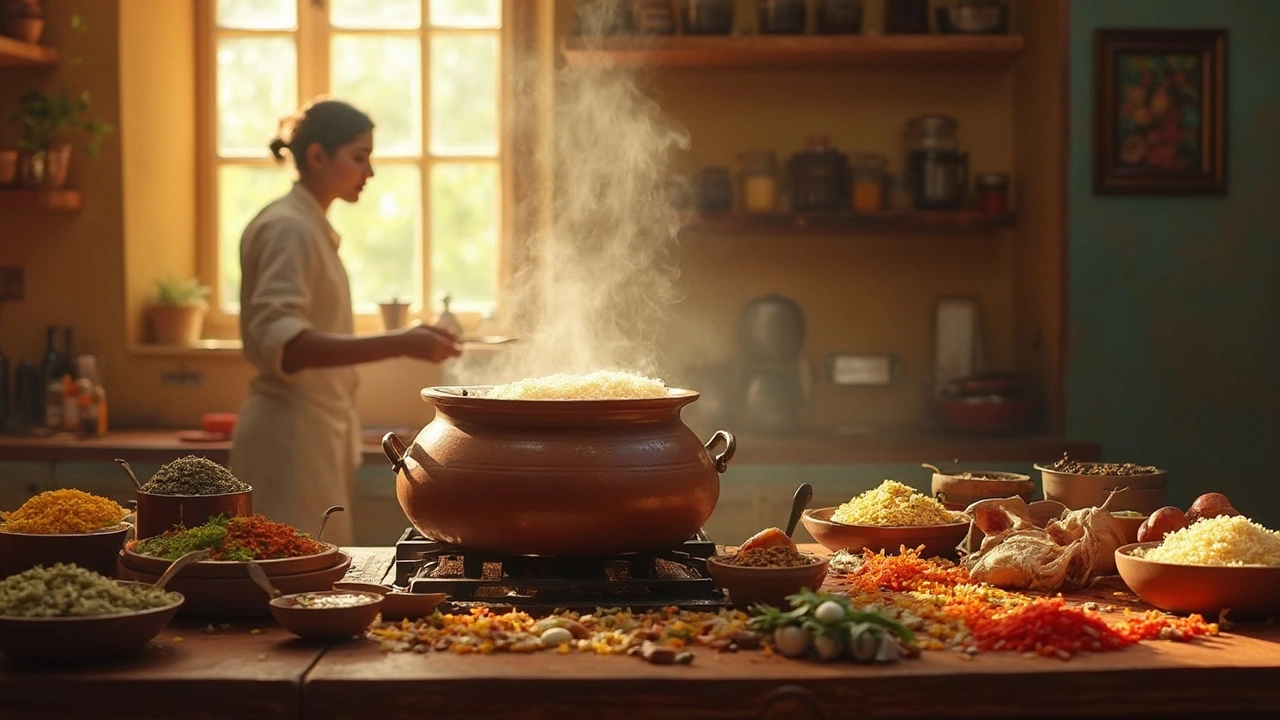Curious about how to cook rice perfectly every time? The 5 5 5 rule is a simple yet effective method that ensures fluffy, delicious rice. This article dives into how this technique works, with easy-to-follow steps. Learn interesting facts about rice cultivation and get tips that enhance your cooking. Say goodbye to mushy rice and hello to a delightful eating experience.
Rice Tips: Essential Growing Advice for Indian Farmers and Gardeners
When you grow rice, a staple cereal crop that feeds over half the world’s population and is central to Indian agriculture. Also known as paddy, it’s not a plant that comes back on its own—it’s an annual crop that needs replanting every season. Unlike perennials, rice doesn’t regrow after harvest. Farmers in India rely on precise timing, water control, and soil prep to get a strong yield, and even small mistakes can cost you a whole season.
Successful rice farming, a practice shaped by monsoon cycles, soil types, and regional traditions across India isn’t just about planting seeds. It’s about managing water like a resource, not a luxury. In states like Punjab and West Bengal, farmers flood fields just right—too much drowns the roots, too little stunts growth. The soil needs to be rich in organic matter, often improved with compost or green manure, which is why soil amendments, like compost, leaf mold, or well-decomposed farm waste used to loosen heavy soils and boost nutrients are common in rice-growing areas. You also need to time your planting with the rains—kharif rice goes in with the monsoon, while rabi rice uses stored water or irrigation. Skipping this rhythm means lower yields or total crop failure.
Even small-scale growers on balconies or home plots can apply rice cultivation, the methodical process of planting, nurturing, and harvesting rice from seed to grain principles. Use deep containers, keep water level steady, and choose short-duration varieties like Sahbhagi Dhan or Swarna Sub1 that are bred for resilience. You won’t get a full field’s harvest, but you’ll understand how the crop works—and that’s half the battle. Many gardeners skip this because they assume rice needs vast land, but the real challenge is water discipline, not space.
What you’ll find below are real, tested tips from farmers and home growers who’ve cracked the code on rice in India. No theory. No fluff. Just what works: how to pick the right seed, when to flood your plot, how to spot nutrient deficiencies before they kill your crop, and why some farmers swear by certain organic inputs over chemical ones. Whether you’re managing a five-acre field or a single pot on your terrace, these posts give you the clear, no-nonsense guidance you need to grow better rice—every time.
